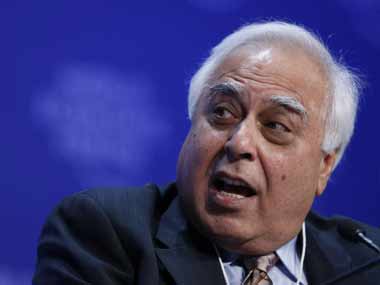New Delhi: The New Telecom Policy (NTP) 2012 could help bring your phone bills down but no timeline has been set for this. Also, a lot depends on a related policy on how spectrum is going to be priced - a decision on which still hangs fire.
NTP 2012 was cleared by the Union Cabinet on Thursday and envisages, among other things, free national roaming and number portability. The policy also delinks spectrum (airwaves) and licences, which means if a telecom operator has bagged the licence, spectrum would not automatically come bundled with it. Besides, telecom operators would not require separate licences for operations in various parts of the country and a single licence would suffice.
[caption id=“attachment_327479” align=“alignleft” width=“380” caption=“Telecom Minister Kapil Sibal said there had to be a market-related process for spectrum allocation even though affordability is the key to the new policy. Reuters”]
 [/caption]
[/caption]
And as the market is currently crowded with too many players, the government may also bring an exit policy. This move could eventually lead to consolidation in an industry where more than a dozen players compete, keeping tariffs and margins low. So will the aim of the new policy - to make telephony more affordable - survive?
Answering questions after the Cabinet meeting, Telecom Minister Kapil Sibal said there had to be a market-related process for spectrum allocation even though affordability is the key to the new policy. He was referring to the upcoming auctions for 2G spectrum in the 1,800 Mhz band, where pricing has become a hot potato. The minister denied that there was any conflict between the policy’s emphasis on affordability and the high base price which the Telecom Regulatory Authority of India (trai) has recommended for upcoming spectrum auctions.
Impact Shorts
More ShortsThe regulator has recommended that each Mhz of 1,800 spectrum be priced at Rs 3,622 crore, about 10 times higher than the floor price for 2G auctions in 2008. Telcos have already threatened that tariffs could double if these prices are implemented. Sibal said that the government needs to earn revenues and any spectrum pricing has to be market determined.
Besides, the new policy aims to provide broadband on demand for all citizens and increase rural teledensity to 100 percent by 2020. The new policy will allow sharing of airwaves among carriers, and also seeks to facilitate consolidation in the crowded market.
Pricing of airwaves is, however, not part of the telecoms policy, and will be set through an open auction process.
)